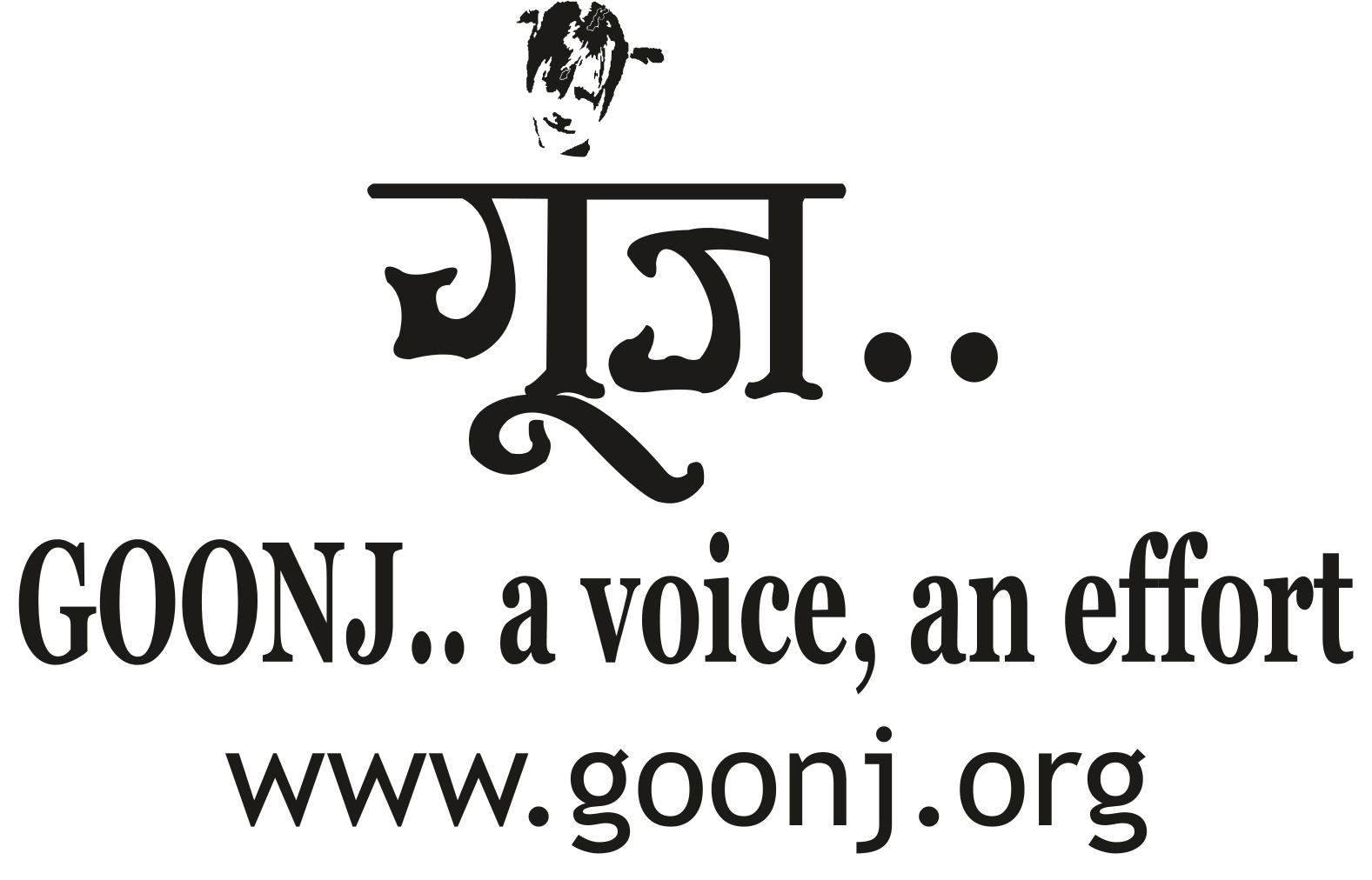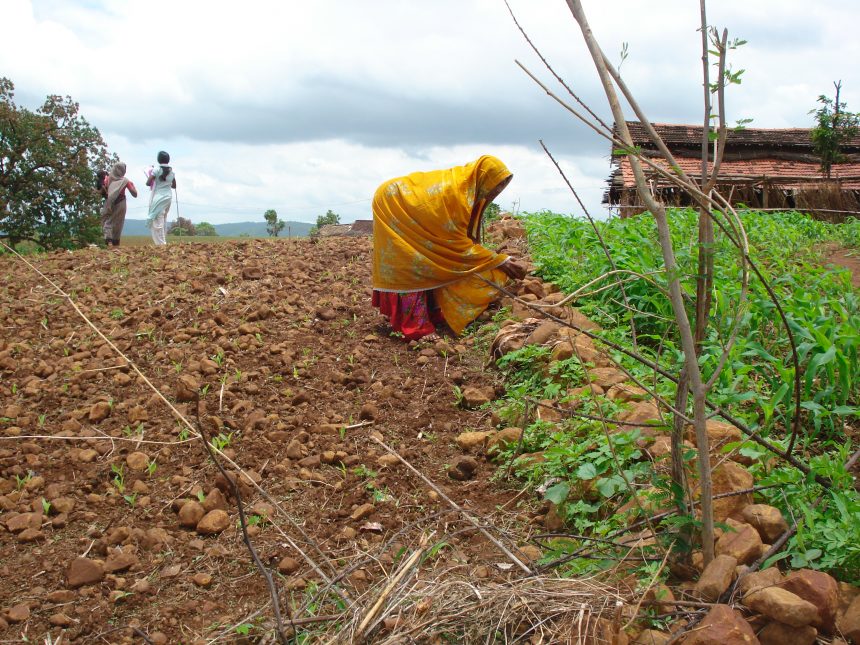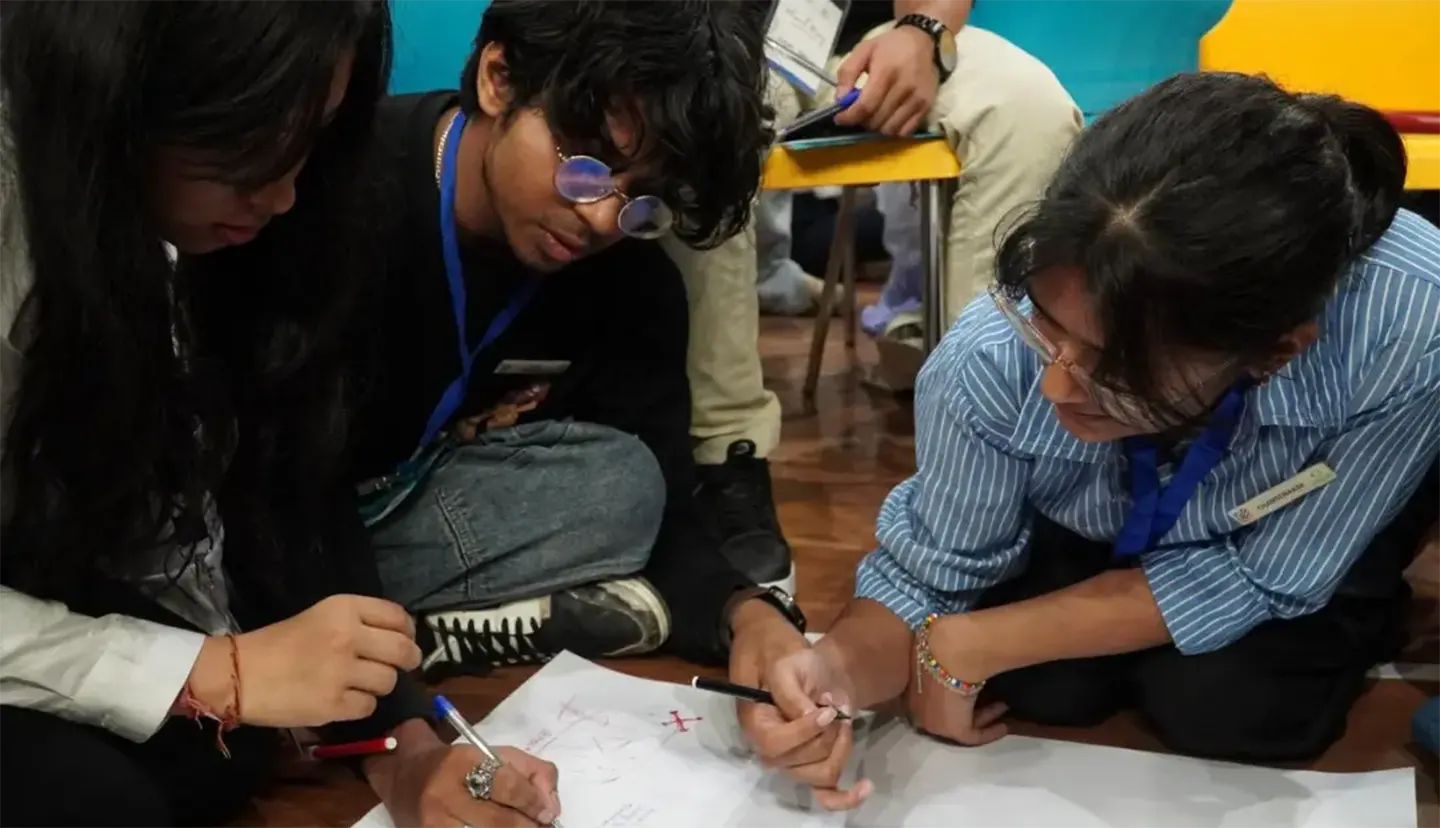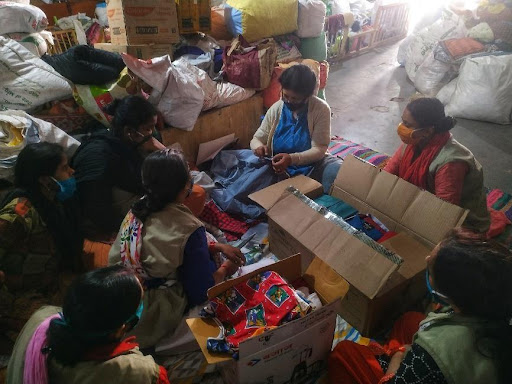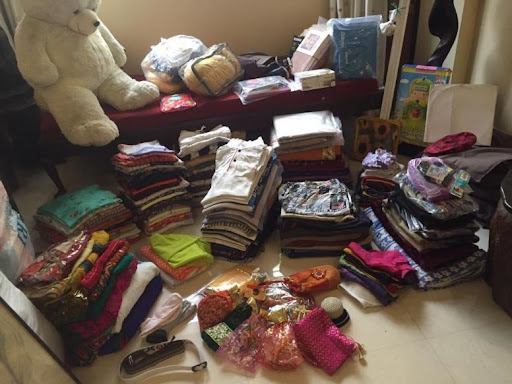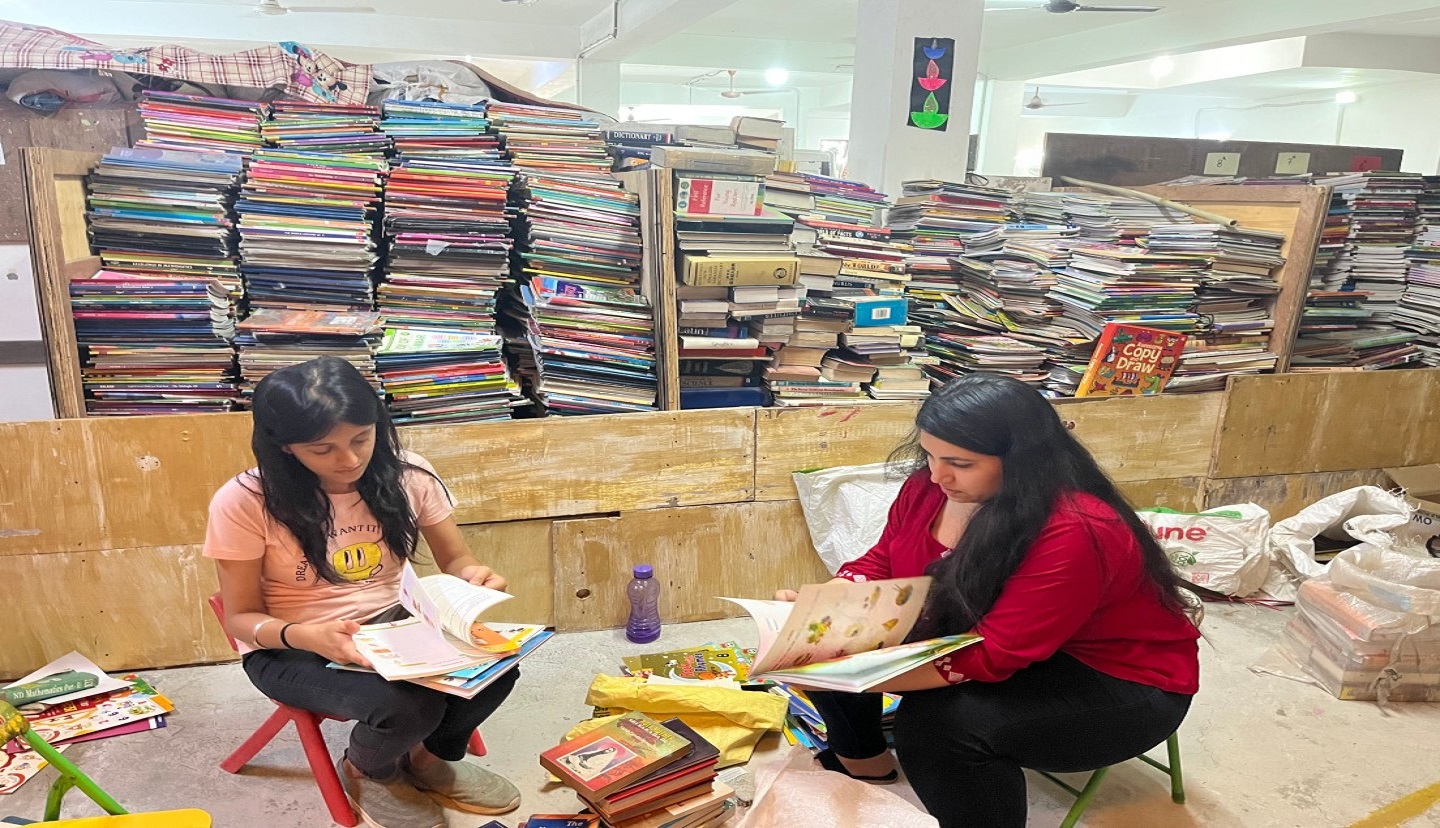An idea needs a fertile ground and careful nurturing to grow into a blossoming tree. This story is about the seed of Goonj’s work finding a verdant ground in a most unlikely place and how it turned into a lab for our experiments and innovations with material.. This story aptly comes from the heart of India; from Khandwa in Madhya Pradesh. Khandwa has been known for two things.. One that it’s the birthplace of the legendary singer Kishore Kumar and two that it is in the middle of an area infamous for children’s deaths due to malnutrition. What’s probably not so well known is that many parts of Khandwa faced drought like conditions for many years. And when a drought stretches into a long period, it leaves little hope for a turnaround… and usually innovations are born when hope on the conventional diminishes.. Goonj started work here with a courageous and spirited Ashoka Fellow couple Seema and Prakash and their organisation Spandan. They had been working here for many years with a deep commitment to the development of the deprived local tribal communities.
Seema Ji shared how children would go to the local Aaganwadi only at the time of the mid day meal and leave immediately after. Aaganwadies as some of you may have seen, are sad little spaces with bare walls and an empty room.. We filled the space with lots of games, toys and colorful charts (collected from urban schools under our School to School initiative).. The result is best summed up in one Aagnawadi worker’s words, “Pehle bachche aate nahi they.. ab bachchey jate nahi hai” (Earlier the kids wouldn’t come, now the kids won’t leave). The encouraging response at the existing Aaganwadis led to the opening up of a new Anganwadi at Salidhana by the local village community. We made sure that it was filled up with toys, books and children clothing. To our pleasant surprise later this Aaganwadi and its staff was regularized by the government and Spandan was encouraged to implement this model in many more Aaganwadis .
Goonj has since taken this model across many states; from Andhra Pradesh, Odisha to Uttarakhand. Next we moved to the tribal village of Salidhana for Cloth for Work (CFW) activity. Salidhana in many ways was a perfect example of what was ailing Khandwa; Scarce rainfall, unviable agriculture, shortage of grains. The result was wide spread malnutrition with children being the worst sufferers.
Ram Kuvar Bai, a marginalized daily wager with a family of 6 people and barely enough to feed them, shared how water was a daily struggle.. how women got injured frequently due to the climb up and down the slippery hill slope, to reach the only hand pump in the village. The village women got together to make steps on this slope (under CFW). It was a big relief and a source of great encouragement for them. A seed of change had been sown… Emboldened by this first success, some villagers said they now wanted to dig up a well to solve their water crisis. Ram Kuvar Bai offered her land free of cost and enrolled as the first person to work on this activity. Even though only 7 people turned up on the first day, unfazed, we called a local knowledgeable village elder to identify the spot for digging. He used Padiyar, the traditional method of rolling a coconut to identify a spot for digging. As the work progressed numbers started swelling up. Soon the entire village got together to dig up a well for themselves. On 8th January, 2009, we struck water in the first ever well dug up under Cloth for Work. In a district declared ‘dry’, precedence was set. It inspired other neighboring villages to dig or recharge their own communal wells. Later the villagers of Salidhana demanded and got their well made pukka under NREGA from the local governance.
Here’s an interesting detail contrasting local wisdom and latest technology.. Earlier government engineers had spent around Rs 1.5 lakhs using machineries for digging deep but they still couldn’t find water. On the other hand a Rs 10 coconut and years of local wisdom was used to spot the water. It was an exciting moment for all us.. like a child who finds a new way of playing with his toy.. It was the beginning of our extensive work on water bodies across India under CFW… As our focus turned to agriculture, through Spandan, we connected with the resident Mongia Community that resorted mostly to begging, quilt stitching and daily wage earning. When they showed interest in working on the barren land next to their village, a simple suggestion was made to clear the pebbles and stones from the land and use these to make bunds around the land for capturing water. When this increased their yield dramatically, farmers at many nearby areas starting using the technique in acres of land with very good results. Acres of land was reformed on the sloppy regions resulting in 30-40% increase in yield in Khandwa. Observing the gaps in basic nutrition, in many villages kitchen gardens were initiated with the water going waste around the village hand pumps. We have since used this simple yet effective idea in many other states as well.
We also looked at making a lot of small check dams under Goonj’s CFW. So far more than 50 check dams have been made to store water and mitigate the water crisis due to lack of water management. In Seema and Prakash Ji words “In our rights based work, there was little immediate benefit the villagers saw but when Goonj and the material came to Khandwa, it changed the entire dynamics. With each success more people got attracted to our work. They started listening to us. They saw more value in what we were doing. They started believing in their own strength.”. These stories are important for the people of Khandwa but they are equally important for Goonj.. The well in Salidhana made us realize the hugevpower of Cloth for Work. It also made us see the limitless possibilities of using material as a tool for different issues. Thus for Goonj Khandwa served as a live lab for many experiments to address issues.. So next time someone says Khandwa, you can tell them you know two more famous things about the place.. Salidhana village and the tradition of finding water with Padiyar.
